14+ Sample Film Production Plan
-
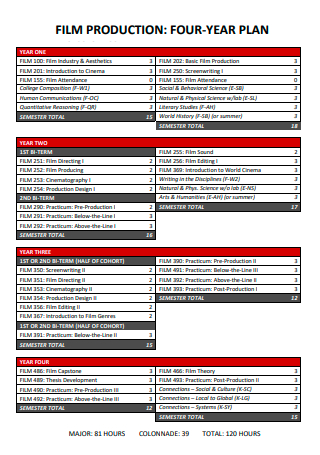
Film Production Four Year Plan
download now -
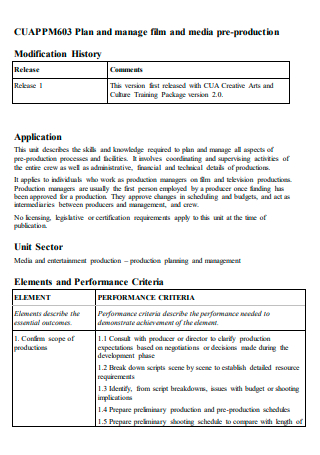
Film and Media Pre- Production Plan
download now -

Film and Video Production Plan
download now -
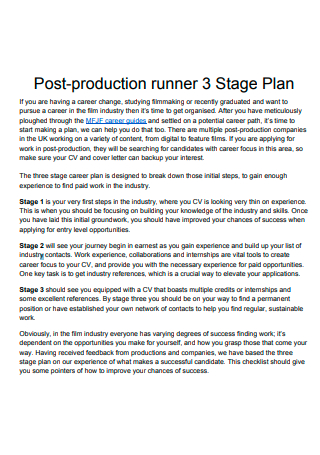
Film Post Production Plan
download now -
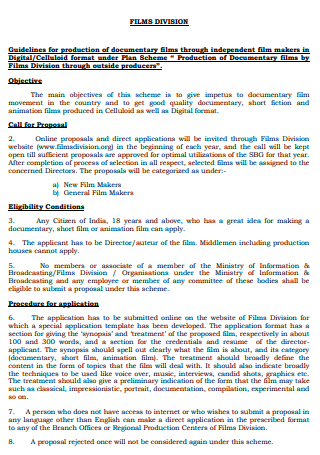
Film Division Production Plan
download now -
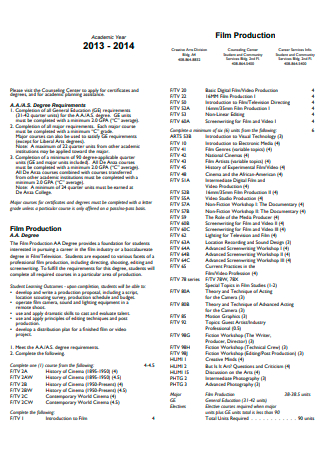
Film Production Plan Example
download now -
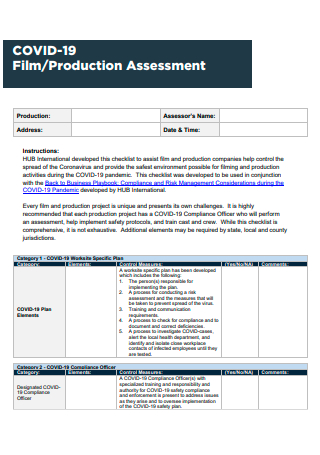
Film Production Assessment Plan
download now -
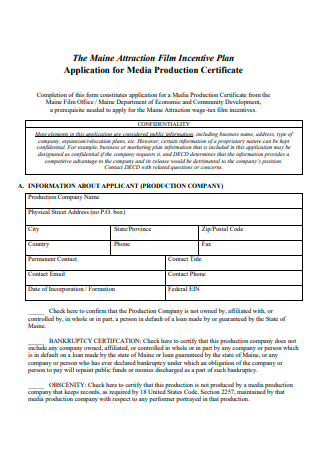
Film Application For Media Production Certificate Incentive Plan
download now -
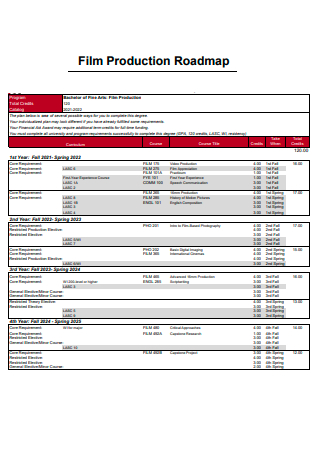
Film Production Roadmap Plan
download now -
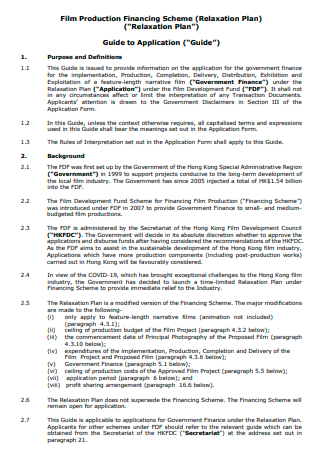
Film Production Financing Scheme Relaxation Plan
download now -
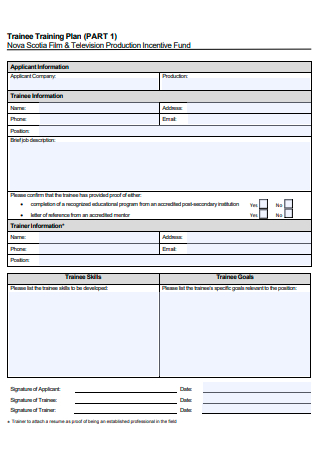
Film and Television Production Trainee Training Plan
download now -
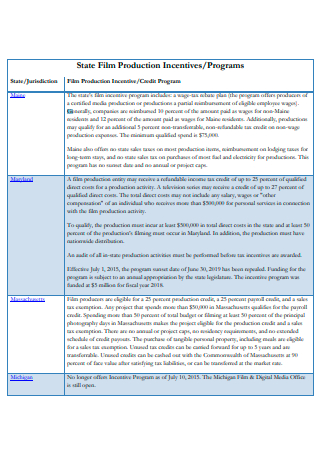
Film Production Incentive Program Plan
download now -
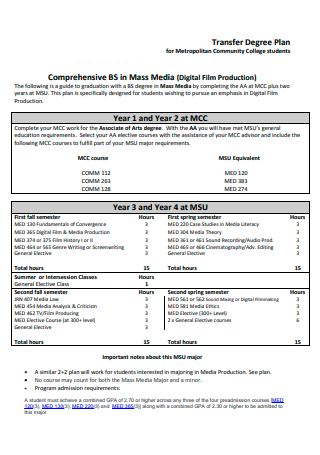
Digital Film Production Plan
download now -
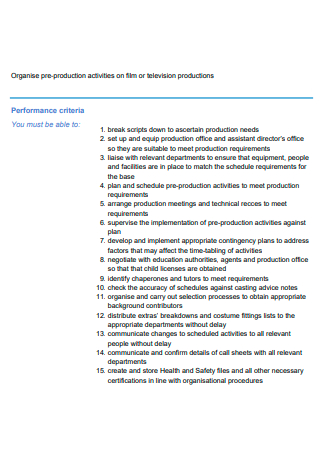
Pre-Production Activities on Film or Television Production Plan
download now -
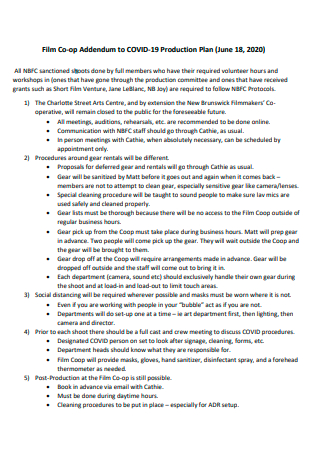
Film Addendum to COVID-19 Production Plan
download now
FREE Film Production Plan s to Download
14+ Sample Film Production Plan
What Is a Film Production Plan?
Roles of the Production Team
How to Write a Film Production Plan
Phases of Film Production
FAQs
What is a film financial plan?
What is the purpose of a production plan?
What should I study for film production?
What Is a Film Production Plan?
A film Production Business Plan makes up the important elements to making a film and bringing it with you to the shoot. A production plan can assist you in determining the most effective approach to shoot raw material. The film will not always be shot in the sequence of the tale. Plan to shoot all of the still photographs at the same time, then all of the video at the same time, or not, depending on which technique saves you, your crew, and your talent the most time. Proceed to view the film production plan example readily available in this article to know more about how it is structured.
Roles of the Production Team
All of the positions stated below are essential when it comes to producing a film. It can be a challenge for one person to handle multiple tasks, especially if the film will be a large production requiring numerous locations and costumes. If each role is assigned properly, the film production will gain more success and the team will gain a well-rounded experience. If you are creating a film on your own, think about how you can mix the following responsibilities during the production, and who you can call for support if you need it.
How to Write a Film Production Plan
Since you have reached this section of the article, it is safe to assume you are ready and have chosen or identified your role in the film production process. Moving on, you will now be guided through the process of writing your plan for the Film Production. If you are a visual learner, you can visit and see for yourself the available film production business plan samples.
Step 1: Write the Project Plan
Create a space where you may plan your project. A project plan is typically dispersed among several emails, to-do lists, spreadsheets, and papers, making it difficult to keep track of everything. These artifacts are gathered into one easy-to-find location under a single project design. The screenplay, your ideas, inspiration and mood boards, storyboards, time and place of the shoot, shot lists, workflow Checklist, and gear checklist will all be included as your project progresses.
Step 2: Take Note as You Brainstorm
Transform a little concept into a massive thing. Every film begins as a flitting thought, like a spark. At this point, you must channel your creative energy and transform your concept into reality. And brainstorming is the ideal method for the task. Brainstorming is a time-tested creative practice that allows you to generate a large number of ideas in a short period. You may use it to research your film’s theme, come up with fresh characters, locations, or even the visual style you want. It’s best described as a means of igniting our creativity.
Step 3: Draft a Storyboard
Visualize the major scenes of your movie. Storyboards are a great method to visualize the composition, action, and appearance of a movie before you start shooting it. Storyboarding integrates disciplines and methods such as illustration, writing, and production, and many individuals devote their entire lives to it. A storyboard used to be made using analog sketches, but now you may utilize photographs, animation, color, and notes to emphasize essential characters, situations, and items with a contemporary digital application.
Step 4: Create a Shot List
Make a list of all the shots you will need. On the day of a shoot, a shot list is a checklist of each shot or scenario you need to capture. So you don’t miss anything, it generally includes a list of precise shots, some visual references, and other elements like camera angles or lighting settings. Your shot list will be easier to scan if you include reference photographs or drawings. It will also assist your crew in visualizing the pictures you intend to take. Including a short gear list to ensure you have everything you need on the day might also be beneficial.
Step 5: Prepare the Call Sheet
You probably experienced a sloppy shoot when the talent was late, the crew neglected the lighting, or the set wasn’t ready. The call sheet is a basic yet effective tool for planning your shot. It lays out everything your cast and crew will need to know before the shoot. Location, contact information, the timetable, and, most importantly, the arrival time are all critical aspects. For your talent and crew, you should also include background information regarding the project. Next, include the shoot’s Location as well as any other information that may assist folks in arriving safely and on time.
Phases of Film Production
If you have done any research on Film Production, you will know that there are several stages to a film’s creation. While cinema production business plans require more resources than smaller, independent films, all filmmakers must cope with the five stages of film production. Each stage has a different function, with the ultimate goal of properly navigating through each phase to complete a successful distribution. Keep these phases in mind to be guided through the process of film production or as you write the film production plan.
FAQs
What is a film financial plan?
The financing plan is a document that details how much money you will need to complete your project, in this example a feature film, and how you will get it or have already gotten it. You are also demonstrating where the money comes from and how stable your sources of revenue are. You should thoroughly prepare a film production Financial Plan to be aware of the budget you will designate or request from the producers to create your film and bring it to the last phase.
What is the purpose of a production plan?
Production planning ensures that all essential preparations are done before the start of a production cycle, allowing it to function smoothly. This entails properly allocating resources so that everything is in place before each step of production can begin. The production floor should be well organized. A film production Schedule will also help you to keep track of everything.
What should I study for film production?
A bachelor’s degree in cinema, acting, journalism, communication, or another relevant discipline is required for movie producers. Internships and 1-5 years of industry experience are both frequent. Critical thinking, writing, decision-making, time management, monitoring, and active listening are examples of key talents.
You are now more than ready to start brainstorming and shooting your film. As the article has laid out for you the fundamentals in the film industry. Coming up with a production plan for a film is not easy so you should take your time in developing it to perfection. You also don’t have to worry because there are available film production plan samples that you can use as much as you want.
